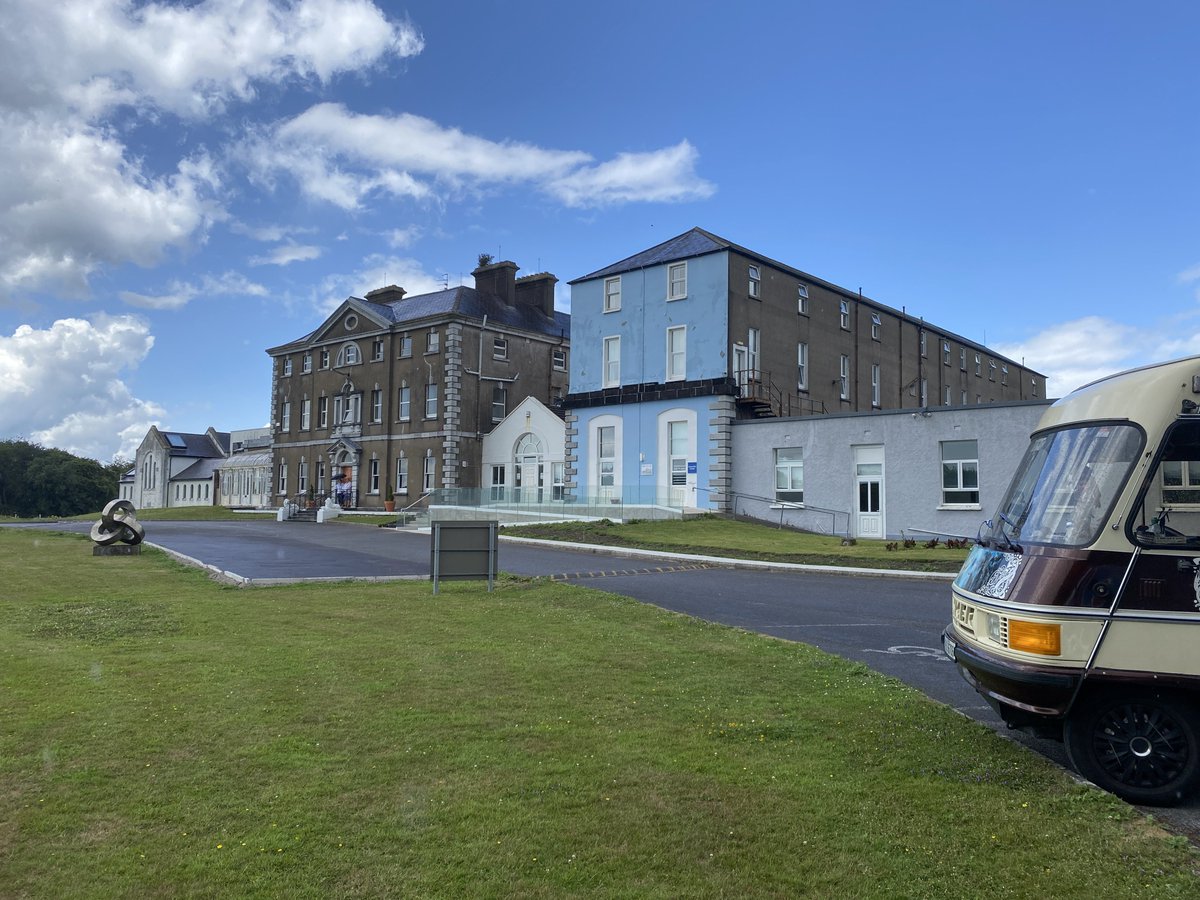At the beginning of her life, my mother was born in a mother & baby home with the third highest death rate in Ireland.
At 15 days old, my mother was sent in a taxi to an adoption home halfway up the country with her mother.
Her mother would visit her a few times by...
At 15 days old, my mother was sent in a taxi to an adoption home halfway up the country with her mother.
Her mother would visit her a few times by...

...working and earning money to buy stuff and visit her a few times before she could no longer bring herself to do it.
At 54 days old, my mum was put with her family who'd later adopt her.
She was raised in a family that always supported her to find her birth family.
At 54 days old, my mum was put with her family who'd later adopt her.
She was raised in a family that always supported her to find her birth family.
At 25, my mum married my father - a detail the religious order who ran Bessborough, (a place she only spent two weeks of her life at) would note down on her file, despite no clear reason for how it got there.
[There was no marriage notice and Mum didn't know her original name]
[There was no marriage notice and Mum didn't know her original name]
She never knew exactly where she came from, all she knew was she was from Cork.
In her 30s, she'd have her children - her first blood relatives.
At 47, two days after her birthday, she finds out she has a sister looking for her.
She corresponds with her and meets a few times.
In her 30s, she'd have her children - her first blood relatives.
At 47, two days after her birthday, she finds out she has a sister looking for her.
She corresponds with her and meets a few times.
At 48, she discovers her actual name and gets her original birth cert.
At 49, she starts to correspond with her birth mother.
At 50, she meets her birth mother for the first time, under controlled circumstances during COVID, 2m apart in a room next to a busy street for an hour.
At 49, she starts to correspond with her birth mother.
At 50, she meets her birth mother for the first time, under controlled circumstances during COVID, 2m apart in a room next to a busy street for an hour.
At 52, she finally gets her records under a bill that took way too long to exist - an 8-month wait instead of the 30-day / 90-day promise by @rodericogorman.
At 53, she frequently chats with her mother and three siblings. They're glad they've reunited and meet up often. ❤️
At 53, she frequently chats with her mother and three siblings. They're glad they've reunited and meet up often. ❤️
That's my Mum's story - but I often wonder how different things could have been, had adoptees been allowed to get vital information.
Instead of Mum's story connecting with her family starting at 47, it could have been 37.
Remember, M&B home survivors are everywhere. Help them.
Instead of Mum's story connecting with her family starting at 47, it could have been 37.
Remember, M&B home survivors are everywhere. Help them.
• • •
Missing some Tweet in this thread? You can try to
force a refresh










